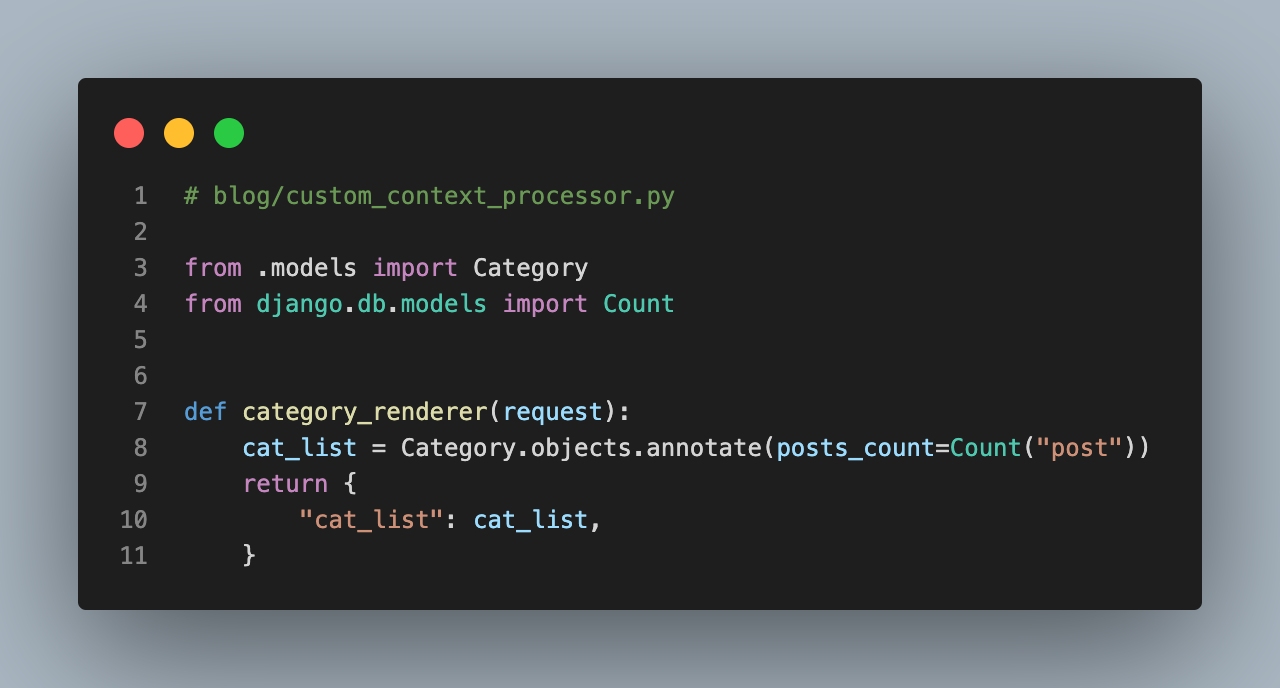I recently published an in-depth blog post on my company's website walking through how to use IPFS (InterPlanetary File System) for geospatial analysis. In the post, I use a Jupyter notebook to calculate the Normalized Difference Vegetation Index (NDVI) on Landsat 9 satellite imagery fetched from IPFS.
Some key highlights:
- Overview of what IPFS is and how its decentralized nature can benefit geospatial workflow.
- Step-by-step walkthrough of calculating NDVI using Landsat bands fetched from IPFS.
- Demo of publishing the final NDVI plot back to IPFS.
- Discussion on how you can pin data to your own IPFS node to make it more readily available on the network
I demonstrate the full power of IPFS for handling large geospatial datasets in a decentralized way. Whether you're an experienced geospatial developer or just getting started with this type of analysis, I think you'll get a lot out of this post!
Check out the full post here for code samples, images, and detailed explanations: NDVI on Landsat 9 imagery with data using IPFS
Let me know if you have any other ideas for using IPFS in the geospatial domain! I'm excited about the potential here.

John Solly
Hi, I'm John, a Software Engineer with a decade of experience building, deploying, and maintaining cloud-native geospatial solutions. I currently serve as a senior software engineer at New Light Technologies (NLT), where I work on a variety of infrastructure and application development projects.
Throughout my career, I've built applications on platforms like Esri and Mapbox while also leveraging open-source GIS technologies such as OpenLayers, GeoServer, and GDAL. This blog is where I share useful articles with the GeoDev community. Check out my portfolio to see my latest work!




Comments